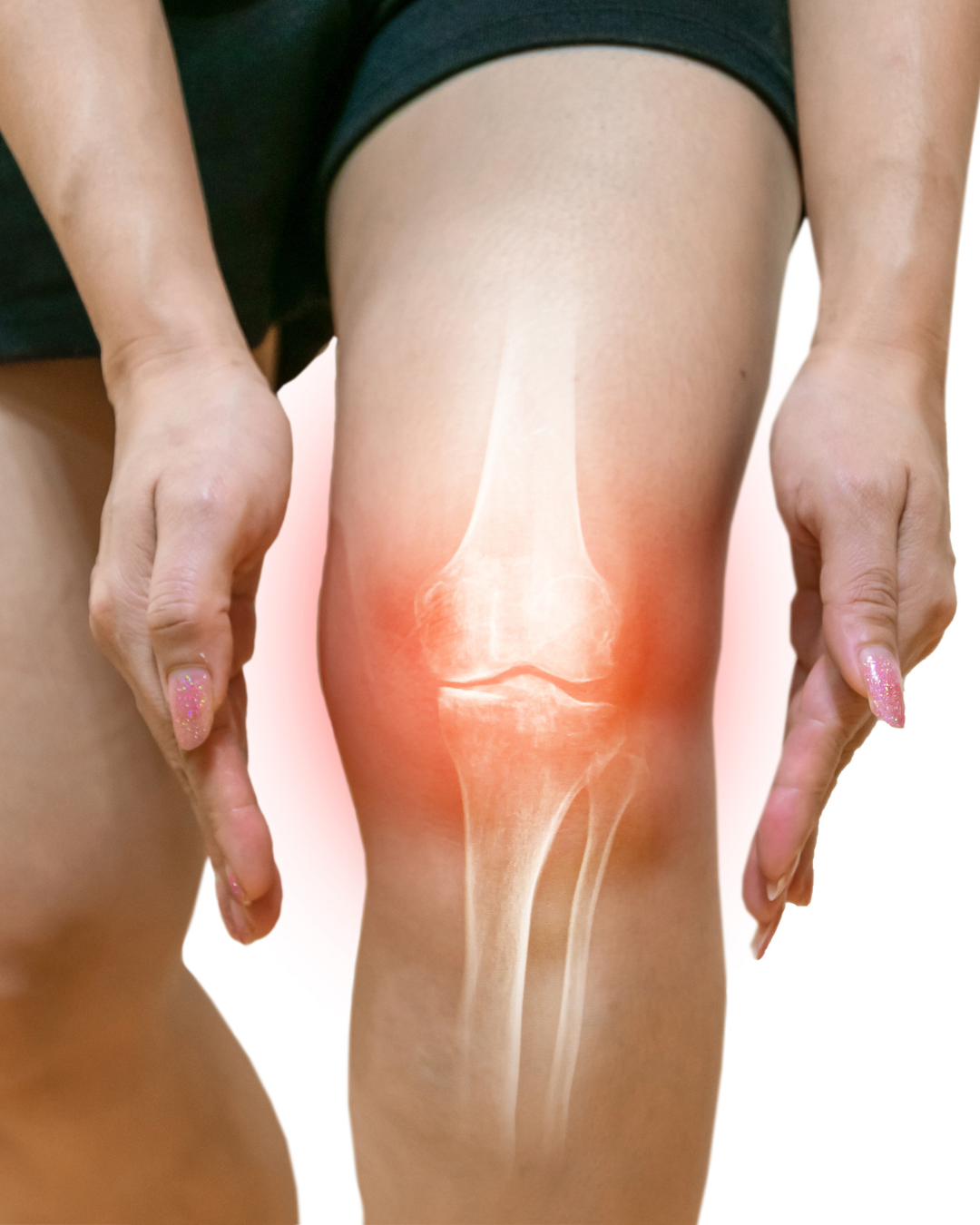Introduction: Knee pain can significantly impact our daily lives, limiting mobility and hindering our ability to engage in daily activities. However, with the right exercises and a comprehensive approach, it is possible to reduce knee pain and promote joint health. In this blog, we will explore into the benefits and importance of stretches, muscle strengthening, and enhancing balance and proprioception in managing knee pain. | | | To begin with, alongside the occurrence of knee pain, numerous individuals encounter sounds or sensations such as cracking, popping, or grinding in their knees when they engage in movement or put pressure on the joint. This occurrence, referred to as knee crepitus, often causes worry for many individuals. Now, let's delve into some prevalent misunderstandings related to knee crepitus: | | | Misconception: Knee crepitus always indicates an underlying problem. - Reality: In many cases, knee crepitus is harmless and not indicative of any serious condition. It can occur due to the natural wear and tear of the joint surfaces, air bubbles in the synovial fluid, or minor irregularities in the cartilage.
| | Misconception: Knee crepitus always leads to pain or discomfort. - Reality: While knee crepitus can be accompanied by pain or discomfort, it doesn't always cause these symptoms. Some individuals may experience the crackling or popping sound without any associated pain or functional limitations.
| | Misconception: Knee crepitus means that the joint is deteriorating or getting worse. - Reality: Knee crepitus alone doesn't necessarily indicate joint deterioration or worsening. Joint sounds can vary from person to person, and they are not always linked to the severity of an underlying condition. It's essential to consider other factors such as pain, swelling, or loss of function when assessing the overall health of the knee joint.
| | Misconception: Knee crepitus requires immediate medical intervention or surgery. - Reality: In the absence of pain or functional limitations, knee crepitus typically doesn't require urgent medical attention. However, if the crepitus is associated with pain, swelling, instability, or reduced mobility, it's advisable to consult a healthcare professional for proper evaluation and guidance.
| | Misconception: Knee crepitus can cause further damage or accelerate joint degeneration. - Reality: The presence of knee crepitus alone is unlikely to cause additional damage or accelerate joint degeneration. However, if underlying conditions such as osteoarthritis or meniscal tears are present, appropriate management and treatment may be necessary to prevent further progression of these conditions.
| | How do we use exercise and movement to improve knee function and joint health: | | | It's important to note that every individual is unique, and the severity and underlying causes of knee pain can vary. Therefore, it is highly recommended to consult with an Accredited Exercise Physiologist or a healthcare professional who specialises in musculoskeletal conditions. They can provide personalised guidance and tailor an exercise program specifically for your needs, considering your current fitness level, any existing injuries, and your overall health. This professional guidance will ensure that the exercises, stretches, and duration are appropriate for your specific condition, promoting safe and effective management of your knee pain. Remember, seeking professional advice is a crucial step towards optimising your exercise routine and achieving the best possible outcomes for your knee health. | | |
 | | Cycling: A Dynamic and Low-Impact Exercise: In my opinion Cycling is one of the best exercises for individuals with knee pain due to its dynamic and fluid nature. Unlike high-impact activities like running, cycling is non-weight bearing, placing minimal stress on the knees and reducing the risk of further damage. The smooth, repetitive motion of cycling helps to promote joint mobility and flexibility. Engaging in regular cycling can increase the flow of fluid in the knee joint, enhancing joint lubrication. This increased circulation aids in reducing swelling by promoting efficient blood flow and minimising the accumulation of fluid. As a result, the viscosity (thickness or absorbing properties) of the synovial fluid within the joint is improved, reducing tissue contact and providing a protective cushion. | | |  | | Stretching: Alleviating Compressional Forces: To alleviate compressional forces exerted on the knee joint, incorporating stretches into your exercise routine is crucial. Stretching the muscles surrounding the knee, such as the quadriceps, hamstrings, and calf muscles, helps to maintain flexibility, and reduce muscle imbalances. By lengthening these muscles, you can alleviate stress on the knee joint and promote proper alignment during movement. | | |  | | Strengthening: Supporting the Knee Joint: Strong muscles are vital for providing support and stability to the knee joint. Focusing on strengthening exercises that target the quadriceps, hamstrings, and calf muscles can help improve the overall function of the knee. Building strength in these muscle groups provides better protection for the joint, reduces the risk of injury, and enhances joint stability during physical activities. | | | |

